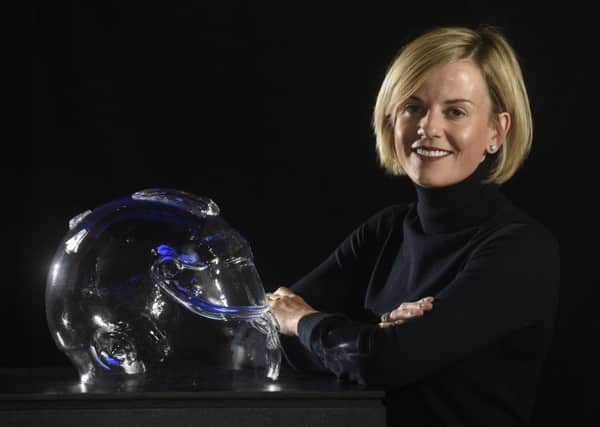Sexism does not belong in a museum – Jane Bradley


Just over one in ten engineers in the UK are women, while only eight per cent of “skilled trades” such as electricians or plumbers are female. Overall, women make up around a quarter of those employed in core “STEM” occupations – that’s science, technology, engineering and mathematics.
Do these stats concern you? They concern eminent scientist, Professor Alessandro Strumia, of Pisa University, but perhaps not for the reasons you might think. No, the sheer number of women entering his profession apparently terrifies him. The poor physicist recently raised fears during a much-publicised lecture that science was becoming “sexist against men”, adding that physics was “invented” by the male sex. He was subsequently dismissed – and quite rightly – from his work with the Swiss-based European nuclear research centre Cern. “Men,” he told the crowd listening to his presentation,”prefer working with things and women prefer working with people,” adding that there was a “difference even in children before any social influence”.
Advertisement
Hide AdAdvertisement
Hide AdYou might think that he is a lone voice in an otherwise enlightened sector – but you would be wrong. And the blatant sexism isn’t confined to the upper echelons of academia. I learned recently from a display at a national museum that boys like cars. And only boys. It is part of our “masculine popular culture”, apparently.
This museum wasn’t in Scotland, but it was within the UK. On a trip to Belfast, we decided to visit the Ulster transport museum. It has a Delorean, a horse-drawn carriage and vintage motorbikes. What’s not to like? I actually loved it, until I began to read some of its information boards more carefully. Then my mouth fell open.
“The woman driver...” one board explains, “uses the car for ... numerous short journeys such as food shopping and ferrying children to school and to non-school activities.”
Another explains that toy cars “reflect the imagination, values and products of a male-dominated society”, meaning that “of course, cars are key gender items in the toy industry”, while a final hit of offence came in a display about the use of cars in greetings cards, which, it said, “reflects the identification of cars with masculinity in our popular culture”.
After scraping myself up off the ground, I went off to speak to staff about it and met a very nice lady behind the ticket desk, who agreed with me that perhaps their information was just slightly outdated. She asked me to write down my grievances, which I did at length – and, had they dealt with them in any kind of proper manner, I wouldn’t be writing this today. I’m not a telltale, when it comes to columns, though many of my colleagues whose misdemeanours have appeared on these pages may disagree.
No, if the museum had held up its hands and said “Yes, sorry, those boards were clearly written either in the 1950s, or by someone whose outlook is still stuck there, at any rate. We’ve walked past them so many times that they’ve become like that patch of damp on your hall wall that you don’t notice anymore. Now you’ve pointed them out, we’ll get them changed immediately,” then I wouldn’t have mentioned it.
Yet, what they said, when I got an email back from their visitor service manager, was that they had passed my comments to someone in their “development and engagement team”. Which is museum-speak for the fact that they have notched it up as “annoying customer complaint” alongside a gripe about the number of chips served as a portion in the canteen or the fact that the loos hadn’t been cleaned thoroughly enough one Tuesday afternoon.
I followed up his message with a query as to whether action was likely to be taken soon and so far, I haven’t received a reply. Which probably means that they just wish that the mad woman from Scotland would go away and stop hassling them when she should be sitting nicely at home with a pinny on, waiting for her husband to come home from work. In short, they probably think it doesn’t really matter. “How many girls,” I can hear them asking, “would really be put off from succeeding in life by a wee description of cars as a boys’ toy as this lunatic claims? I mean, girls don’t really like cars anyway, do they? They’d rather be at home playing with their dolls or a toy kitchen. They’d only come here at all because their wee brothers have dragged them along.”
Advertisement
Hide AdAdvertisement
Hide AdThe answer, of course, is quite a lot of girls would. It is a drip-feed situation which constantly chips away at girls’ confidence. Tell a five-year-old that she should only drive to the shops and you end up with yet another generation of young women who do not see themselves as tomorrow’s mechanics, automotive engineers or Formula One racing drivers.
Cern has set a good example by taking a tough line on anyone who crosses the line of sexism in science. Maybe, at some point in the future, the Ulster Transport Museum will follow suit and drag its information boards kicking and screaming into the 21st century.